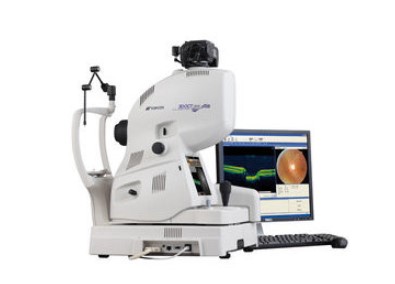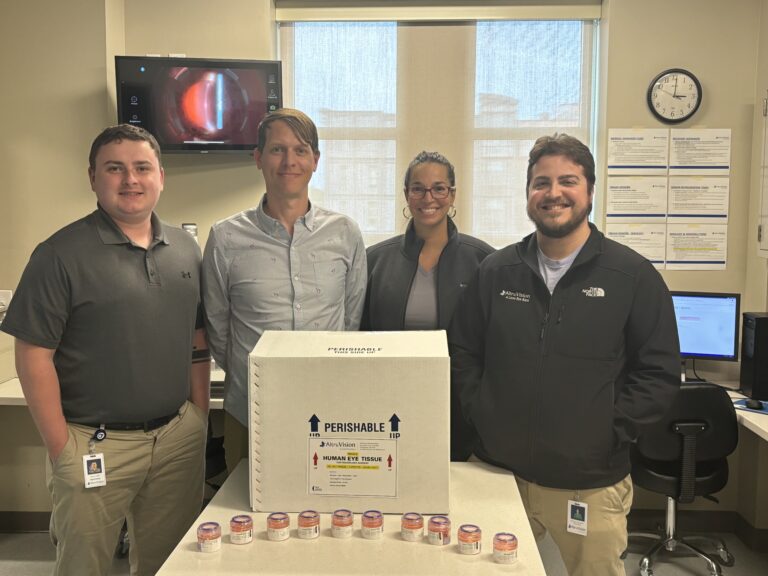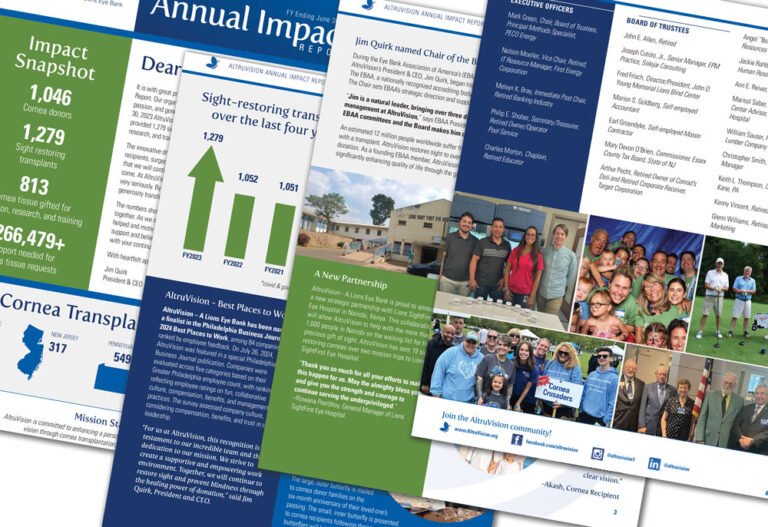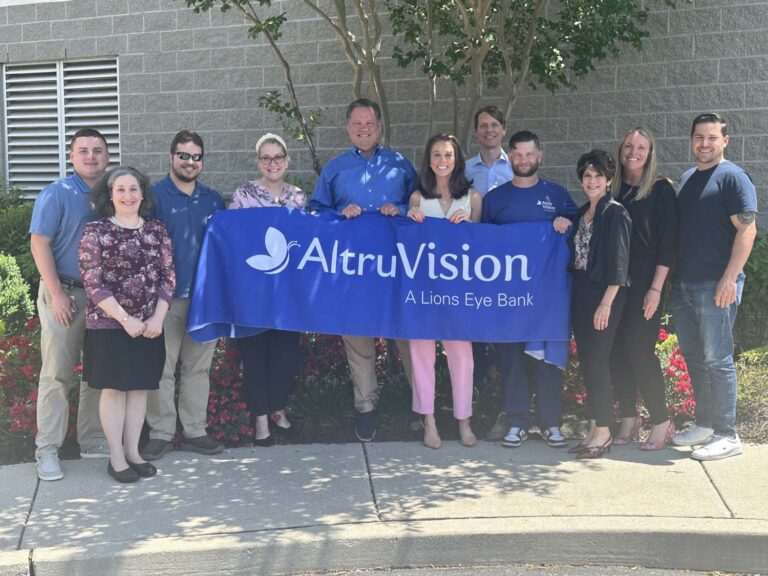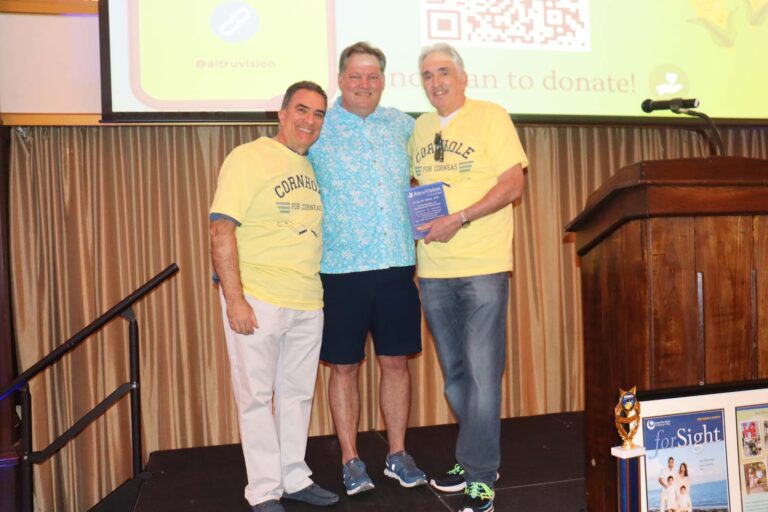 Eye banking plays a critical role in restoring sight through cornea transplantation, a procedure that can dramatically improve the quality of life for those suffering from cornea blindness or damage. But many people are unaware of the steps involved from donation to transplantation.
Eye banking plays a critical role in restoring sight through cornea transplantation, a procedure that can dramatically improve the quality of life for those suffering from cornea blindness or damage. But many people are unaware of the steps involved from donation to transplantation.
When an individual chooses to be an eye donor and passes away, the local eye bank is notified—often within hours. After receiving consent from the donor’s family, specially trained recovery technicians recover the cornea tissue. This delicate process is performed with care, dignity, and respect, and must occur within a short time frame after death to ensure tissue viability.
Once at the eye bank, the cornea undergoes a thorough medical and social history review, as well as a series of tests to ensure it is safe and suitable for transplant. Eye bank technicians evaluate the health of the cornea under a microscope, checking for cell density and any signs of disease. Only tissue that meets strict medical criteria is approved for transplant.
The prepared cornea tissue is then delivered to a surgeon—often within 24 to 48 hours—who performs the transplant procedure, replacing the damaged or diseased cornea with healthy donor tissue.
Through this process, eye banks help transform tragedy into hope. One cornea donor can give the gift of sight to two people. Educational efforts like this help demystify the donation process and highlight the care, expertise, and coordination behind every sight-saving transplant.
Whether you are a healthcare professional, donor family, or community member, understanding the journey of a donated cornea helps reinforce the importance of organ and tissue donation—and the lasting legacy it creates.

